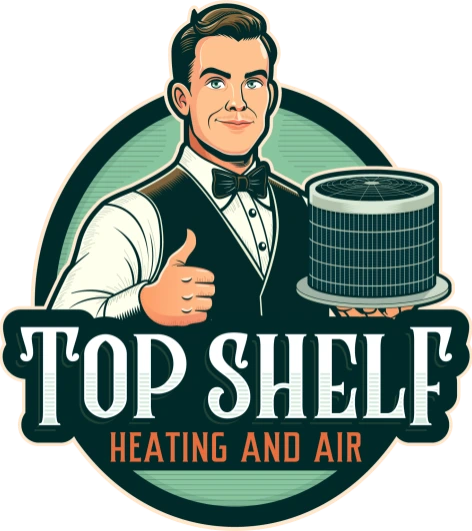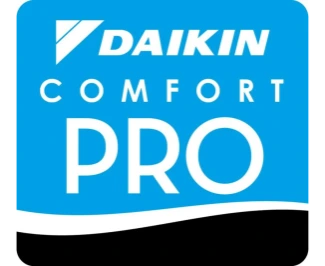Clogged dryer vents are a significant fire hazard, increase energy bills, and can compromise indoor air quality, especially for Westlake Village homeowners. Our professional dryer vent cleaning service addresses these critical issues by thoroughly removing lint and debris. We employ specialized tools for a comprehensive process including inspection, agitation, powerful vacuum extraction, and exterior vent cap cleaning. Watch for warning signs like extended drying times or a burning smell, as these indicate it's time for expert service to ensure your home's safety and appliance efficiency.
Professional Dryer Vent Cleaning in Westlake Village, CA
A functioning clothes dryer is a cornerstone of modern convenience, but hidden within its exhaust system lies a significant and often overlooked risk. The dryer vent, designed to expel hot, moist, lint-filled air, can become progressively clogged over time. This buildup isn't just an inconvenience; it's a critical safety hazard and a drain on your home's efficiency. For homeowners in Westlake Village, ensuring this system is clean and clear is a vital step in protecting your property, your family, and your investment. Professional dryer vent cleaning is the definitive solution to mitigate these risks and restore your appliance's performance.
The Critical Importance of a Clean Dryer Vent
The most compelling reason for regular dryer vent maintenance is fire prevention. Lint, which is composed of tiny, dry clothing fibers, is highly flammable. As it accumulates in the vent duct, it restricts airflow and traps heat. Your dryer is designed to push this heat outside, but when the pathway is blocked, the appliance itself begins to overheat. The high-limit thermostat will cycle on and off, but under constant strain, it can fail. This creates a dangerous scenario where the extreme heat from the dryer's heating element can ignite the trapped lint, starting a devastating fire that can quickly spread through the walls of your home.
Beyond the immediate fire risk, a clogged vent forces your dryer to work harder and longer to dry a single load of laundry. This inefficiency translates directly to higher utility bills. An appliance that once dried clothes in 45 minutes may now take 90 minutes or more, effectively doubling the energy consumption for the same task. This extended operation also puts excessive wear and tear on the dryer’s internal components, such as the motor, belts, and heating element, leading to a significantly shorter lifespan and the likelihood of costly repairs.
How a Blocked Vent Impacts Your Home Environment
The consequences of a clogged dryer vent extend beyond the laundry room. A compromised exhaust system can negatively affect your home's overall health and air quality. For gas dryers, a blocked vent can cause toxic carbon monoxide (CO) to back up into your living space instead of being safely vented outdoors. Since CO is colorless and odorless, this creates a silent but deadly threat.
Furthermore, the excess moisture that fails to escape can contribute to mold and mildew growth within the vent line and the walls surrounding it. These spores can then be released into your home's air, impacting your indoor air quality and potentially triggering allergies or respiratory issues for your family. A professionally cleaned vent ensures that all exhaust byproducts—heat, moisture, lint, and gases—are directed safely outside where they belong.
Our Detailed Dryer Vent Cleaning Process
A thorough, professional cleaning goes far beyond simply pulling lint from the trap. Our technicians use specialized equipment and a systematic process to ensure every inch of your vent system is clear and safe.
- Initial Inspection and Airflow Analysis: We begin by inspecting the entire vent line, from the point where it connects to the dryer to the exterior termination cap. We use an anemometer to measure the airflow velocity before cleaning. This gives us a baseline reading to quantify the level of obstruction and confirm the improvement after our service.
- Systematic Debris Agitation: The dryer is carefully disconnected from the wall. We then insert a flexible, high-powered rotary brush into the vent line. This specialized tool snakes through the entire length of the ductwork, including any bends and elbows where blockages are most common. The rotating action effectively dislodges all caked-on lint, debris, and even animal nests.
- High-Powered Vacuum Extraction: As the brush agitates the debris, a powerful, HEPA-filtered vacuum is attached to the vent system. This creates strong negative pressure, pulling all the loosened lint and contaminants out of the ductwork and capturing them securely. This ensures that no dust or debris is released into your home during the cleaning process.
- Exterior Vent Cap Cleaning: The exterior vent cap is a common point of restriction. We ensure the screen is clear and the damper flap opens and closes freely, preventing future blockages and intrusion by pests.
- Final Verification and Reassembly: Once the duct is completely clear, we meticulously clean the transition hose and the area behind the dryer. We then securely reconnect the appliance and perform a final airflow test. This post-service reading verifies that the vent is operating at optimal efficiency and safety levels.
Recognizing the Warning Signs of a Clogged Vent
Your dryer will often provide clear signals that its vent is obstructed. If you notice any of the following symptoms, it is time to seek professional service:
- Extended Drying Times: Clothes, especially heavy items like towels and jeans, take more than one cycle to dry completely.
- Excessive Heat: The top of the dryer or the clothes themselves are unusually hot to the touch at the end of a cycle.
- Burning Smell: A musty or burning odor is present in the laundry room when the dryer is running.
- Visible Lint Buildup: You see lint collecting around the outside vent opening.
- High Humidity: The laundry room feels humid or stuffy during dryer operation.
- Vent Flap Doesn't Open: The damper on the exterior vent hood doesn't open when the dryer is on, indicating poor airflow.
Addressing these signs promptly not only improves performance but is a crucial step in maintaining a safe home. Regular cleaning, typically recommended every one to two years depending on usage, provides peace of mind and ensures your appliance operates as intended.




